Strongest solar storm since 2017 hits Earth! Geomagnetic storm may spark radio blackouts, auroral displays
Earth faced a severe G4 geomagnetic storm and it was observed as the strongest solar storm since 2017! Know about its impacts and tips for staying informed.
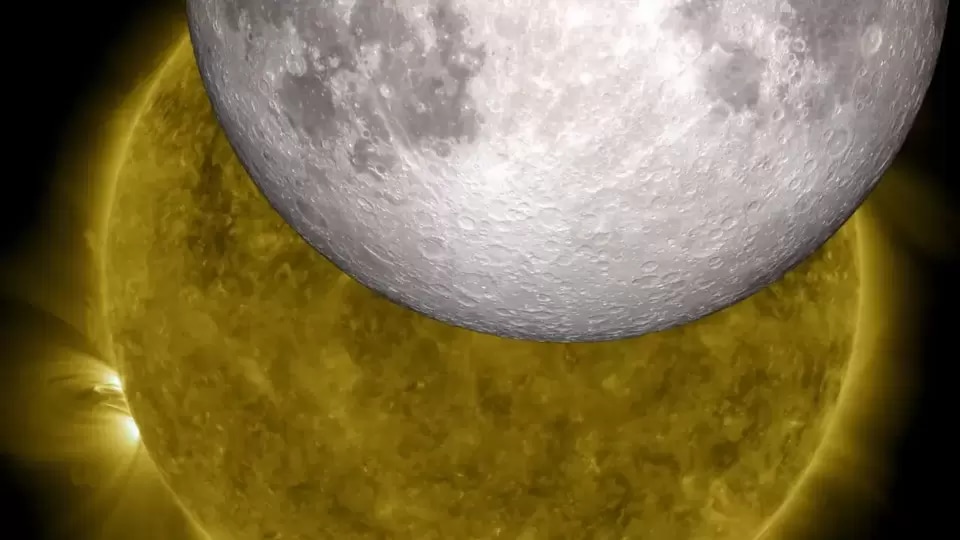
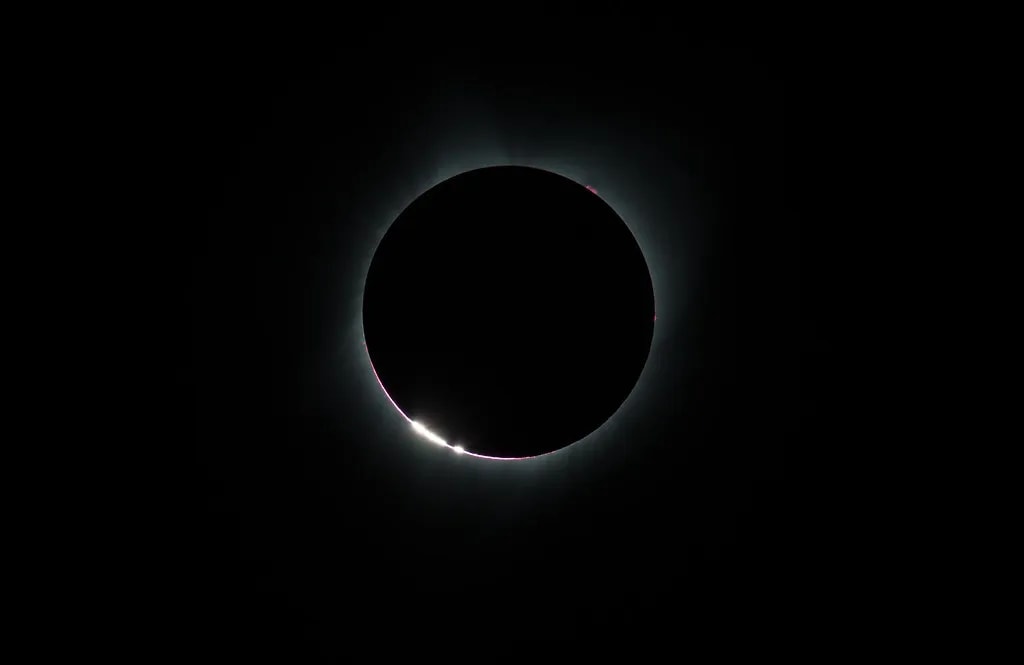
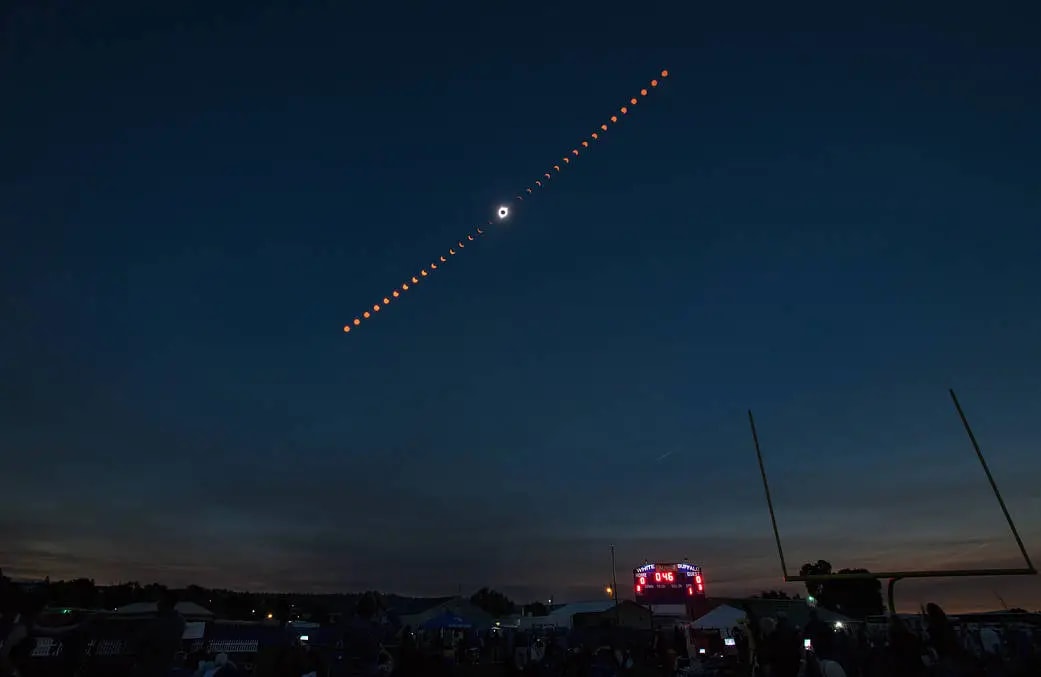

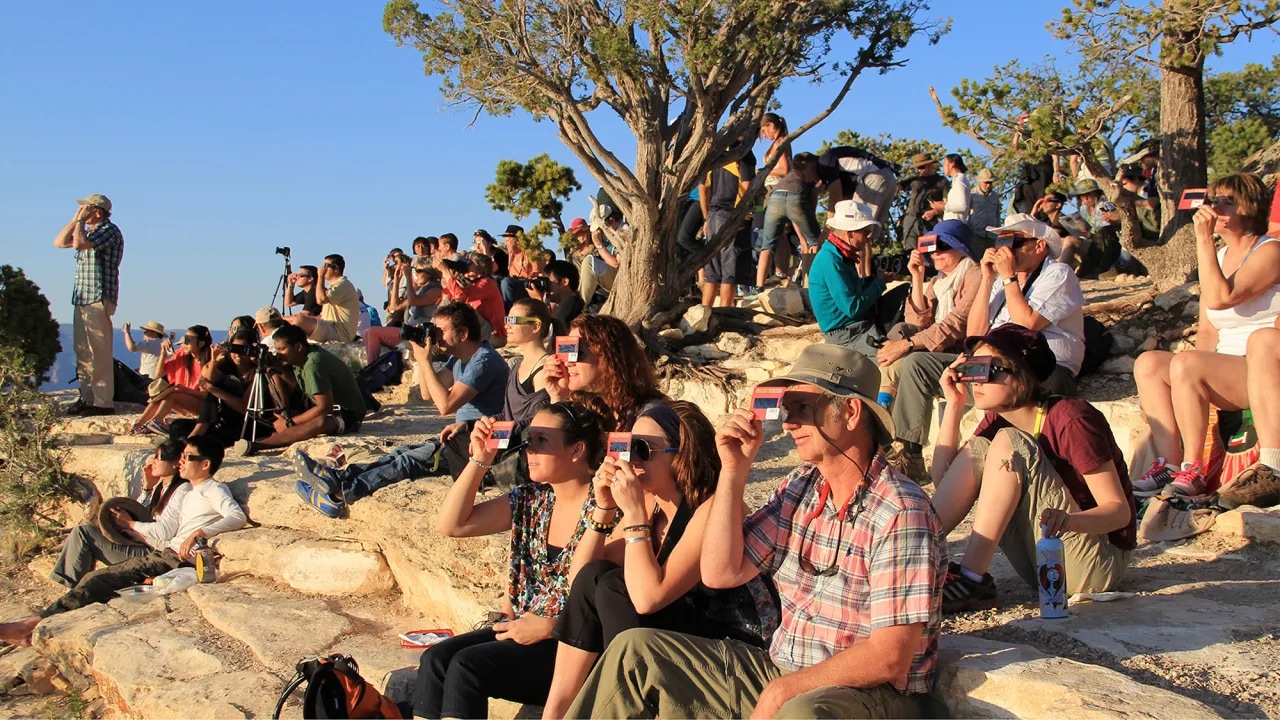
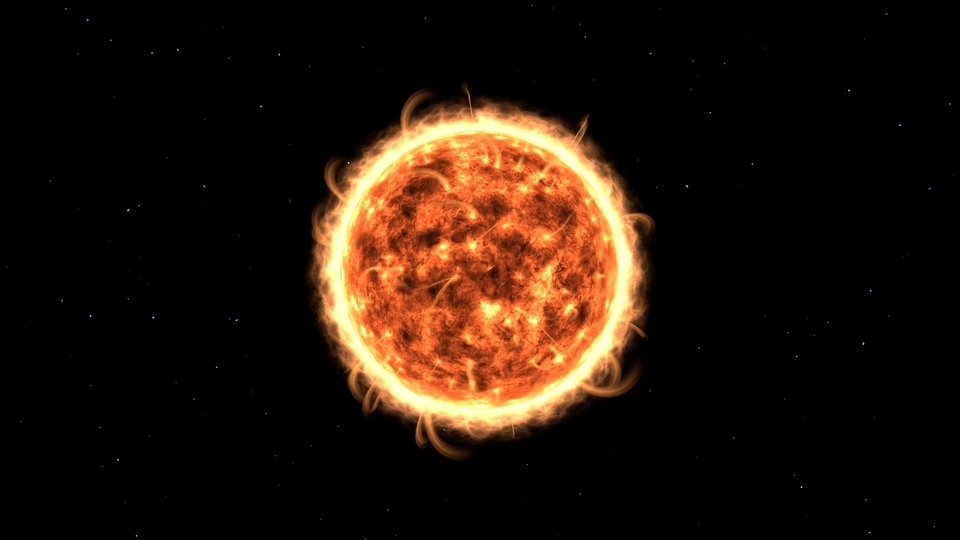
 View all Images
View all ImagesIn a recent alert from the National Oceanic and Atmospheric Administration (NOAA), Earth experienced a severe G4 geomagnetic storm on Sunday, indicating potential disruptions to radio communications. The NOAA emphasised that while the storm may fluctuate in intensity, ranging from lower levels to severe conditions, there's no need for panic among the public. However, staying informed about the storm's progression via NOAA's webpage is encouraged. This phenomenon was declared as the strongest solar storm since 2017!
The NOAA's alert notifies infrastructure operators to take mitigating actions against possible impacts, including increased voltage control problems and potential effects on satellite operations. The severity of the storm, hitting the G4 level on the NOAA's 5-point scale, arrived earlier than anticipated, reaching its threshold at 16:28 UTC.
Also read: US Moon lander 'permanently' asleep after historic landing
Potential Impact on Communication Systems
Jonathan Lash, a forecaster at the center, highlighted potential impacts on high-frequency radio transmissions, particularly those crucial for aircraft communication with distant traffic control towers. While most commercial aircraft have satellite transmission as a backup, satellite operators may face challenges in tracking their spacecraft, and power grids might experience induced currents in their lines, although within manageable levels.
Also read: ISRO's Nisar mission faces launch delay as key component returns to NASA for thermal precautions
Skywatching Opportunity Amidst the Storm
Lash also pointed out a silver lining for skygazers, especially those at higher latitudes,
suggesting that clear night skies during geomagnetic storms offer an excellent opportunity to witness the aurora borealis illuminating the heavens.
Geomagnetic storms, such as this one, have the potential to create dazzling displays of the aurora borealis over the Northern Hemisphere. Before the storm's arrival, satellites detected solar flares and coronal mass ejections emitted from the Sun on Friday, contributing to the atmospheric disturbance.
What is a coronal mass ejection?
For those unfamiliar with coronal mass ejections, NASA describes them as massive bubbles of coronal plasma propelled by intense magnetic fields ejected from the Sun over several hours. Often resembling twisted ropes, these phenomena accompany solar flares or explosions on the Sun's surface.
Also read: Total solar eclipse 2024 - a celestial spectacle: What to expect, where and when
The severity of the G4 geomagnetic storm underscores the importance of preparedness and vigilance in monitoring space weather phenomena, ensuring minimal disruption to vital communication and infrastructure systems.
One more thing! We are now on WhatsApp Channels! Follow us there so you never miss any updates from the world of technology. To follow the HT Tech channel on WhatsApp, click here to join now!
Catch all the Latest Tech News, Mobile News, Laptop News, Gaming news, Wearables News , How To News, also keep up with us on Whatsapp channel,Twitter, Facebook, Google News, and Instagram. For our latest videos, subscribe to our YouTube channel.


























